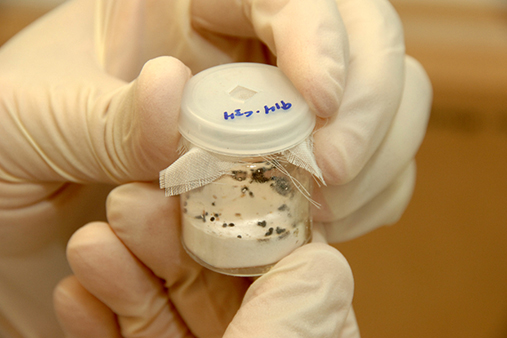Lyme Disease Research
Research
Lyme Disease Research - Borrelia burgdorferi
Lyme disease is the most common vector-borne infection in the United States, with Connecticut at the epicenter of its public health burden. Our group investigates how B. burgdorferi, the Lyme disease spirochete, adapts as it cycles between ticks and mammals. Using conventional RNA-seq and advanced capture RNA-seq, we analyze how the alternative sigma factor RpoS coordinates with other regulators to reprogram the transcriptome in environment-specific ways—activating genes during tick-to-mouse transmission and mammalian infection, while repressing tick-phase genes in the mammalian host. Current work dissects how the Fur-family regulator BosR and the c-di-GMP receptor PlzA function as reciprocal modulators of RpoS: BosR enables both activation and repression at RpoS-dependent promoters, whereas ligand-bound PlzA relieves RpoS-mediated repression during tick transmission. We are now mapping how these and other regulators “talk” to one another, building an integrated network that drives the transcriptional reprogramming required for infection of both ticks and mammals, and revealing new targets for intervention at the tick–mammal interface.